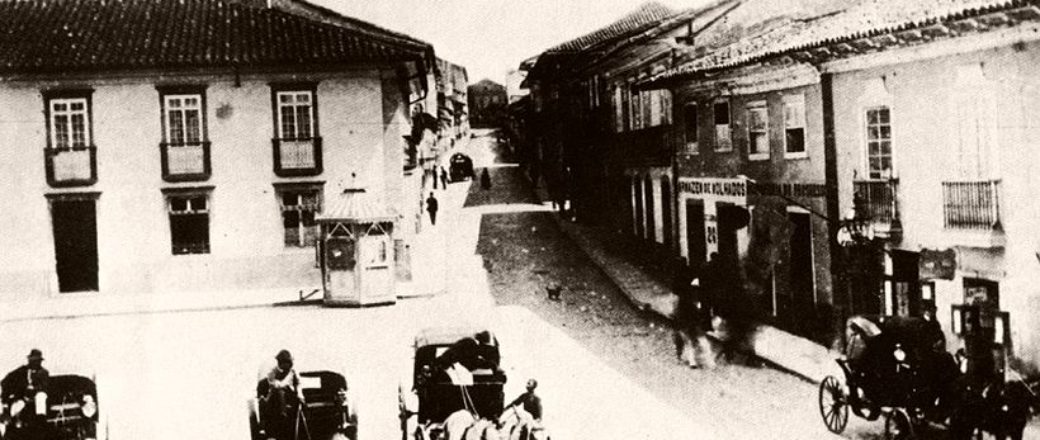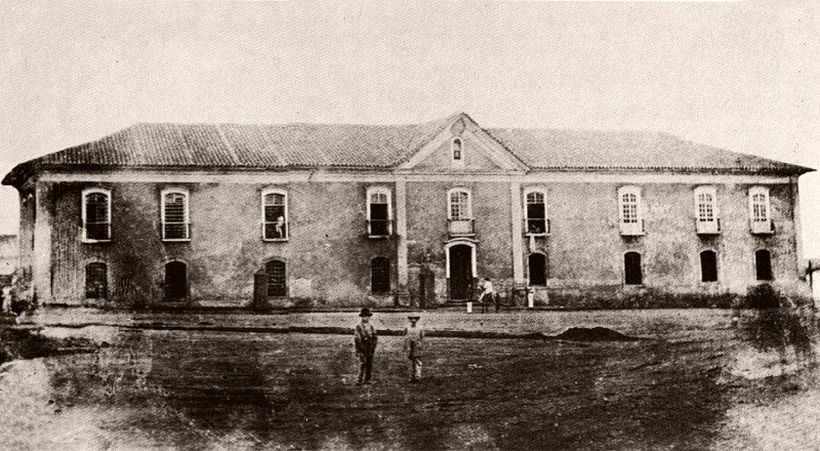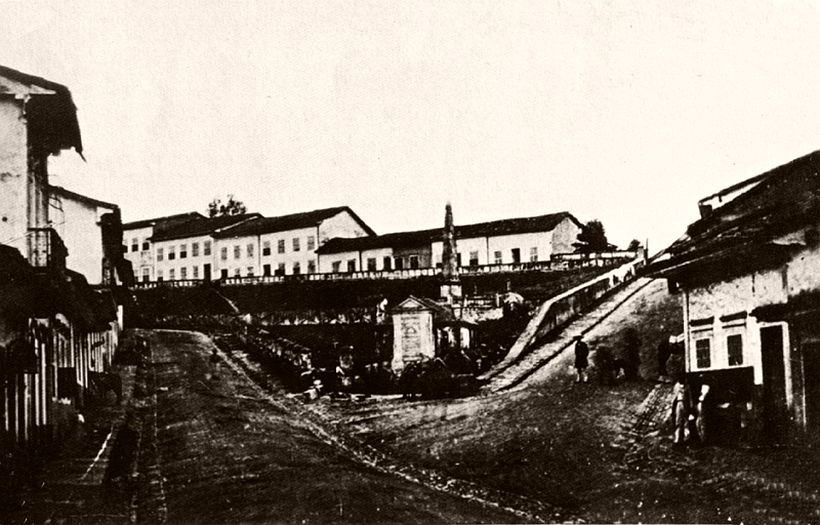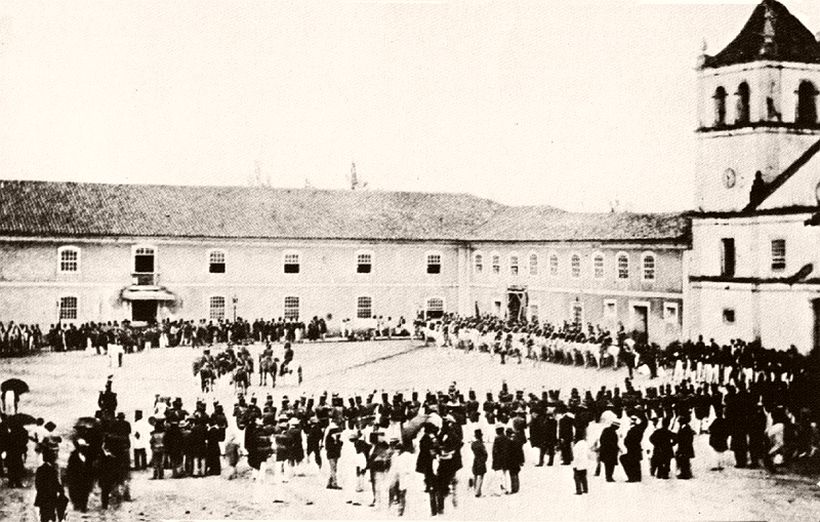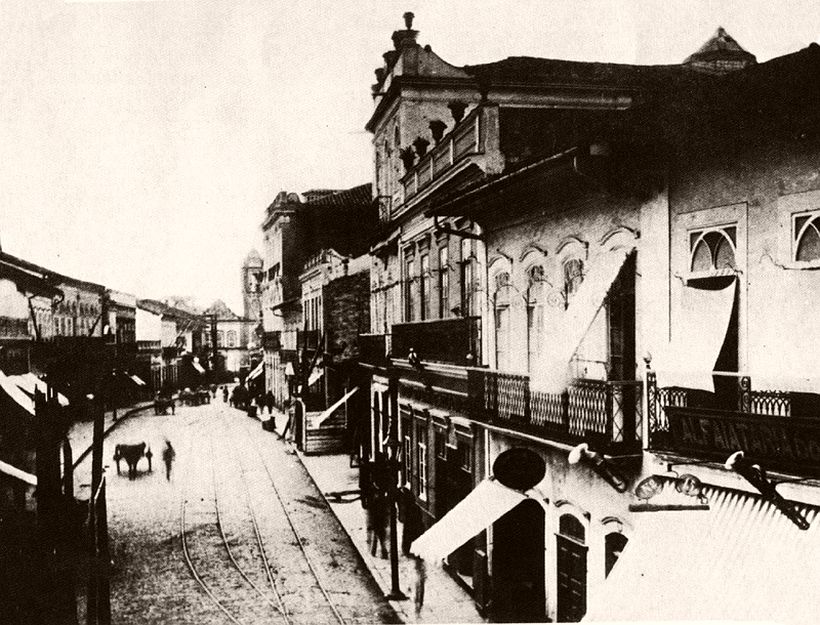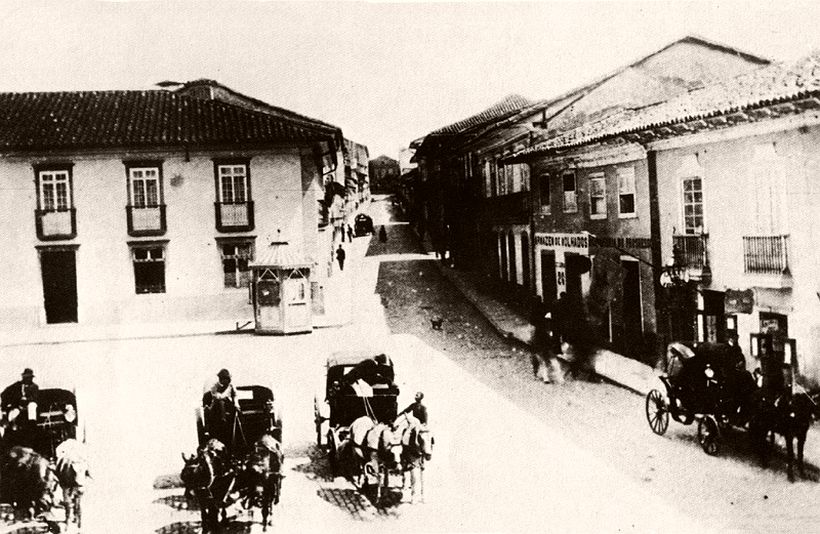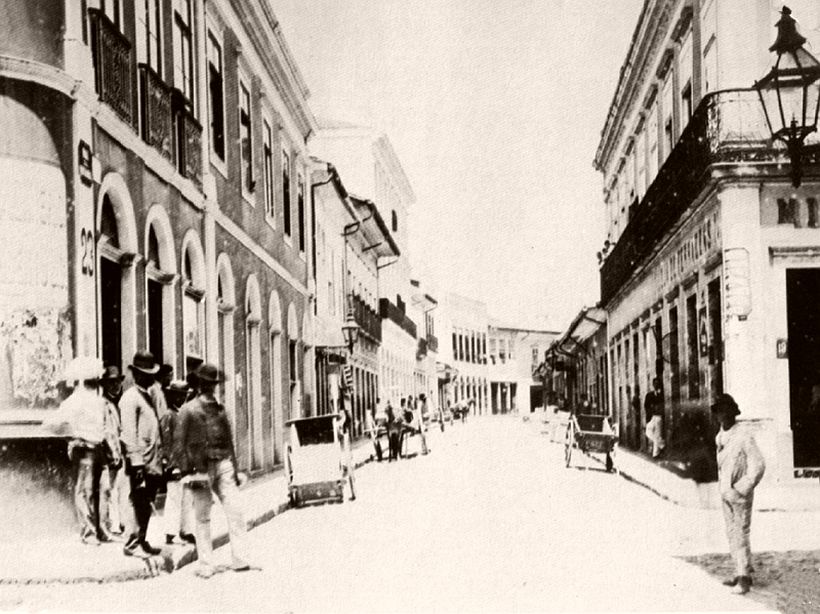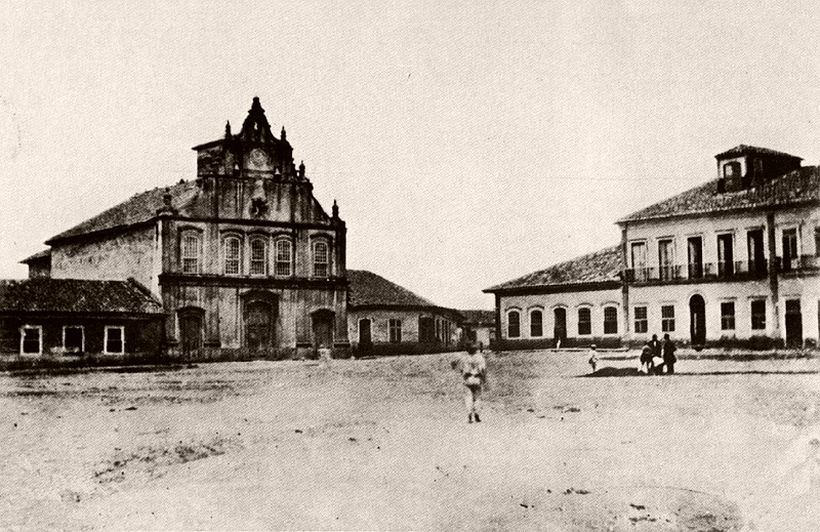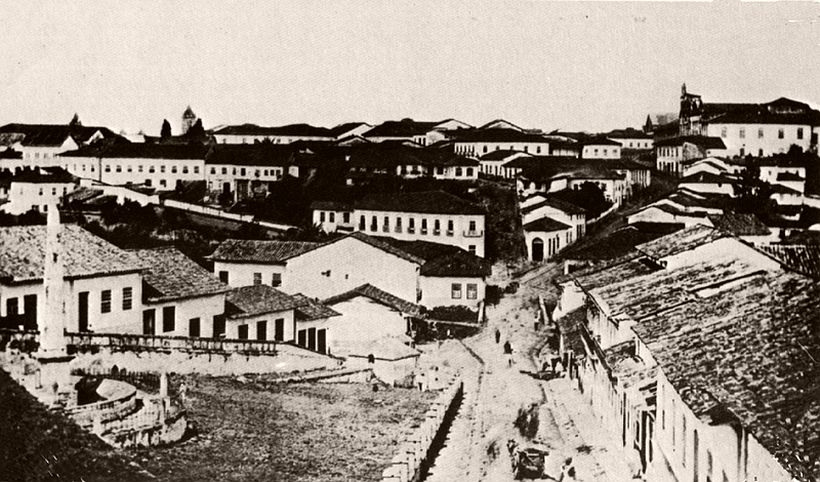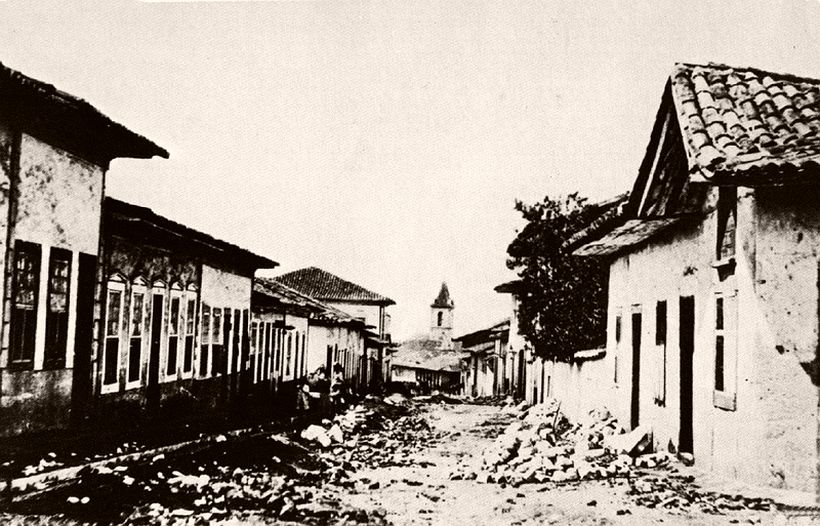After Brazil became independent from Portugal in 1822, as declared by Emperor Pedro I where the Monument of Ipiranga is located, he named São Paulo as an Imperial City. In 1827, a law school was founded at the Convent of São Francisco, these days a part of the University of São Paulo. The influx of students and teachers gave a new impetus to the city’s growth, thanks to which the city became the Imperial City and Borough of Students of St. Paul of Piratininga.
The expansion of coffee production was a major factor in the growth of São Paulo, as it became the region’s chief export crop and yielded good revenue. It was cultivated initially in the Vale do Paraíba (Paraíba Valley) region in the East of the State of São Paulo, and later on in the regions of Campinas, Rio Claro, São Carlos and Ribeirão Preto.
From 1869 onwards, São Paulo was connected to the port of Santos by the Railroad Santos-Jundiaí, nicknamed The Lady. In the late 19th century, several other railroads connected the interior to the state capital. São Paulo became the point of convergence of all railroads from the interior of the state. Coffee was the economic engine for major economic and population growth in the State of São Paulo.
In 1888, the “Golden Law” (Lei Áurea) was sanctioned by Isabel, Princess Imperial of Brazil, declaring abolished the slavery institution in Brazil. Slaves were the main source of labour in the coffee plantations until then. As a consequence of this law, and following governmental stimulus towards the increase of immigration, the province began to receive a large number of immigrants, largely Italians, Japanese and Portuguese peasants, many of whom settled in the capital. The region’s first industries also began to emerge, providing jobs to the newcomers, especially those who had to learn Portuguese.

